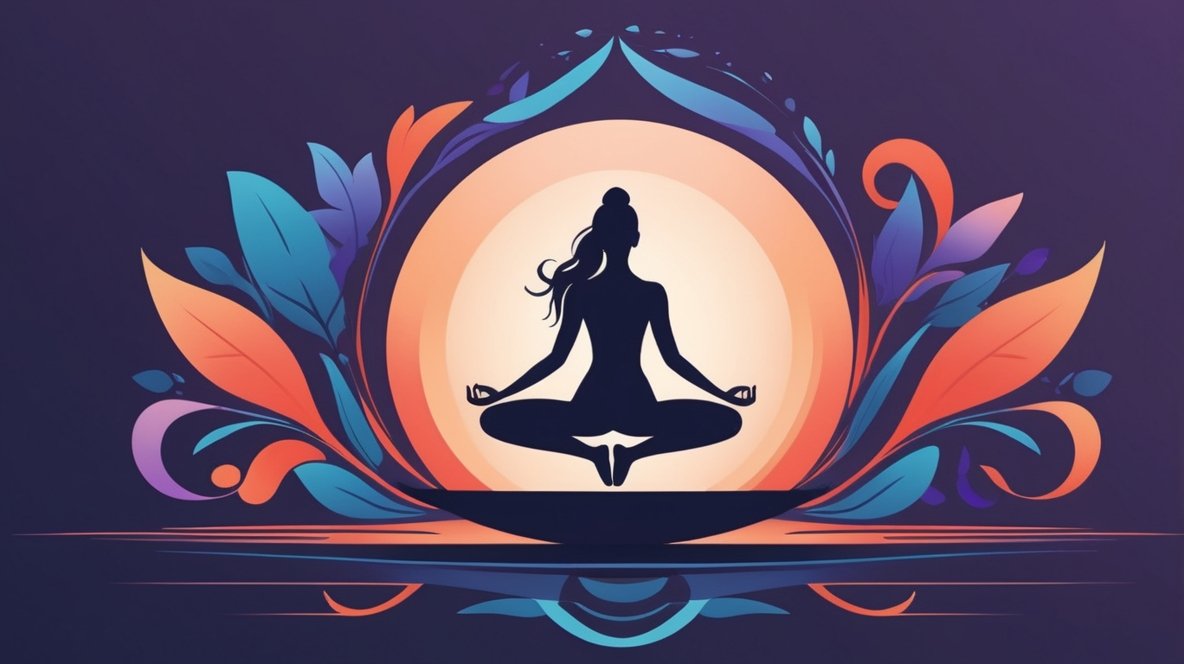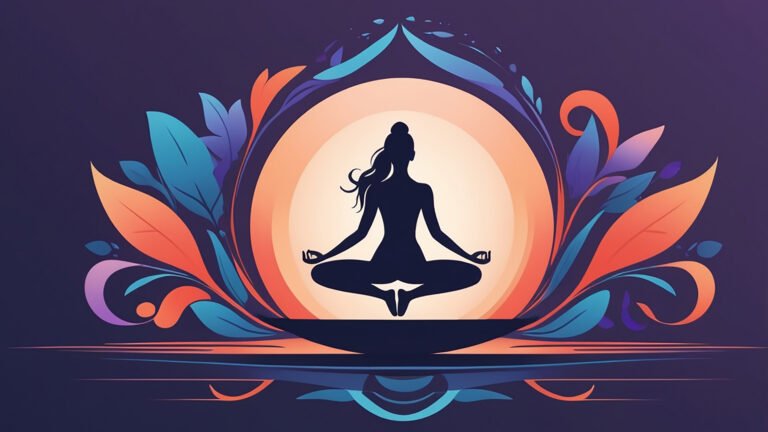— Introduction —
Yog Mudrasana (योग मुद्रा आसन), or the Psychic Union Pose, is a powerful seated forward-bending posture traditionally performed in Padmasana (Lotus Pose). The term “Yog Mudra” implies the symbolic seal or gesture of yoga, representing surrender, humility, and internal focus. This asana directs pranic energy inward and is highly beneficial in meditation, pranayama, and deep introspective practices. It stimulates abdominal organs and enhances the flow of energy toward the spine and brain.
— Step-by-step Instructions —
- Sit comfortably on the floor in Padmasana (Lotus Pose).
- First, place your left foot on the right thigh, ensuring the heel presses gently against the left side of the lower abdomen.
- Then, bring your right foot over the left thigh, so that both heels press against either side of the lower abdomen. (You may alternate the leg positioning in future practices.)
- The knees should rest on the ground, and the soles of the feet should face upward.
- Inhale deeply and exhale fully.
- As you exhale, slowly bend forward from the hips.
- Bring both arms behind the back and grasp one wrist with the opposite hand.
- Once the forward bend is complete, gently touch your chin to the floor and retain the breath (external retention).
- After returning to the starting breath, continue the posture with both internal and external breath retentions.
- Remain in the final position and practice five full rounds of internal and external breath holding, synchronized with slow, deep breathing.
- You do not need to sit upright between breaths—stay in the final position for the entire cycle of practice.
— Physical Benefits —
- Stimulates abdominal organs and improves digestion
- Enhances flexibility in hips, spine, and shoulders
- Strengthens the back muscles and stretches hamstrings
- Helps in relieving constipation and menstrual discomfort
— Mental & Emotional Benefits —
- Induces a calm and meditative state
- Balances the mind and reduces anxiety and agitation
- Enhances concentration and mental clarity
- Supports spiritual focus and inner awareness
— Precautions to keep in Mind —
- Avoid if you have severe back problems, spinal disorders, hernia, or recent abdominal surgery
- Do not perform if you have knee or ankle injuries, especially if Padmasana is uncomfortable
- Pregnant women should not attempt this pose
- Do not force the bend; go only as far as is comfortable
— Beginner’s Tips —
- Use a strap to hold the wrist or foot if reaching behind is difficult
- Perform in Ardha Padmasana or Sukhasana if Padmasana is not accessible
- Focus on slow, deep breathing to aid relaxation and ease into the bend
— Best Time to Practice —
- Ideally done early morning on an empty stomach for best results
- Can also be practiced before or after pranayama and meditation to deepen internal focus
- Avoid immediately after meals due to pressure on abdominal organs
— Advanced Variations —
Supta Yog Mudrasana: Performed while reclining backward in Padmasana, a deeper version requiring high flexibility.
— Wrapping Up —
Yog Mudrasana is a deeply introspective asana that unites body, breath, and awareness. More than just a physical posture, it is a meditative gesture of surrender and self-inquiry, guiding the practitioner inward. While it demands a degree of flexibility and discipline, its spiritual and physiological benefits are profound. With patience and gradual practice, Yog Mudrasana becomes a powerful tool for inner transformation and mental clarity.


